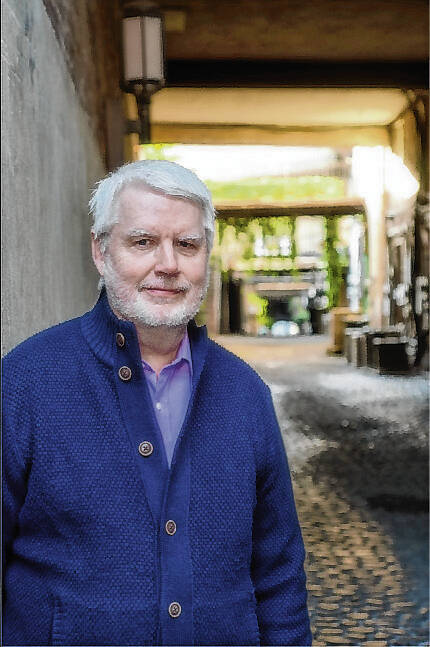My parents moved to another city when I was away at college. On my first visit to our new home, I discovered that my Dad had thrown out my collection of baseball cards in the move. Ever since then, I have wondered if there were some rare and valuable cards that ended up in the trash.
Fast-forward nearly 60 years, and I found myself faced with a similar dilemma. In a plastic container stashed away in a closet was my younger son’s baseball card collection from the 1980s and early 1990s. That son now lives in Texas, so I wondered what to do with the six or seven hundred cards.
Deciding that the least that I could do was look through the collection, I studied the name on each card. I’d estimate that 90% of the cards featured baseball players whom I never heard of. Another 9% were of players who, while not all-stars, were names that I recognized. That left the 1% (maybe less) of players like Cal Ripkin, Jr., Nolan Ryan and Ozzie Smith — whose names will be remembered for as long as baseball is played.
I was intrigued with the 90% of players who didn’t leave a lasting mark on the game. I suspect that each of them was the best baseball player in their high schools, perhaps even the best athlete their towns and cities ever produced. Each of these forgotten players had reached at least part of their dream — to make it to the big leagues and have their face on a baseball card. But they hadn’t reached the peak of their dreams. They hadn’t achieved all-star status.
The cards of these forgotten players of the 1980s and 1990s are probably worth nothing monetarily. I felt the temptation to throw those cards away and send along only the all-stars to my son.
But then I realized that this would sell short these forgotten players and the contributions they made to the sport. Take an all-star who is remembered for his RBIs (runs-batted-in). Someone had to be on base for the all-star to hit him in. Or consider an all-star pitcher such as Nolan Ryan, who threw multiple no-hitters. Who were the catchers who caught those games? Who were the infield and outfield players who, in those no-hit performances, backed up Ryan with amazing plays on defense?
We could go back further. Who were the Little League coaches who saw promise in these future all-stars? Who was it who first taught Ricky Henderson how to read pitchers’ mannerisms so he could steal bases? Who taught Greg Maddux how to throw a change-up that looked like a fastball to batters?
In a culture that focuses on the individual, it’s not surprising that we remember the all-stars in baseball and other sports. But baseball, like so many others sports, is a team sport. Teams win games, not individuals. I like to think that all-star baseball players would be the first to remind us that they were backed up and surrounded by eight others on the field, not to mention the coaches, managers and other players in the dugout.
Baseball has a valuable lesson to teach us about life. Take a moment to recall a personal achievement that made you feel proud, and picture standing with the spotlight on you. Now look carefully into the background. Are there not a host of others who made it possible for you to stand in that light?
In a culture that focuses on and celebrates the “I,” it is healthy to remember that there is a “we” in almost every achievement in life.
David Carlson of Franklin is a professor emeritus of philosophy and religion. Send comments to [email protected].





